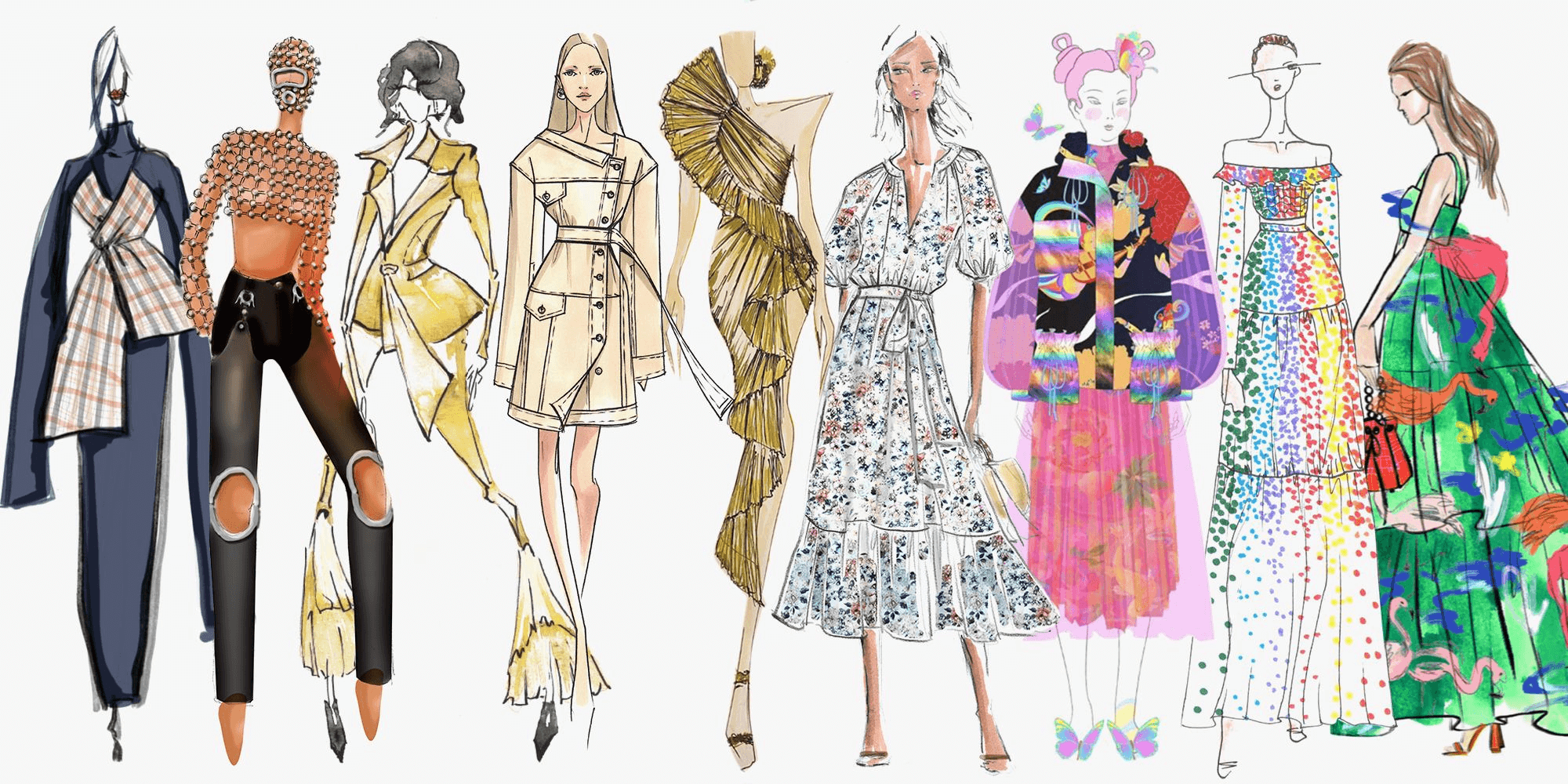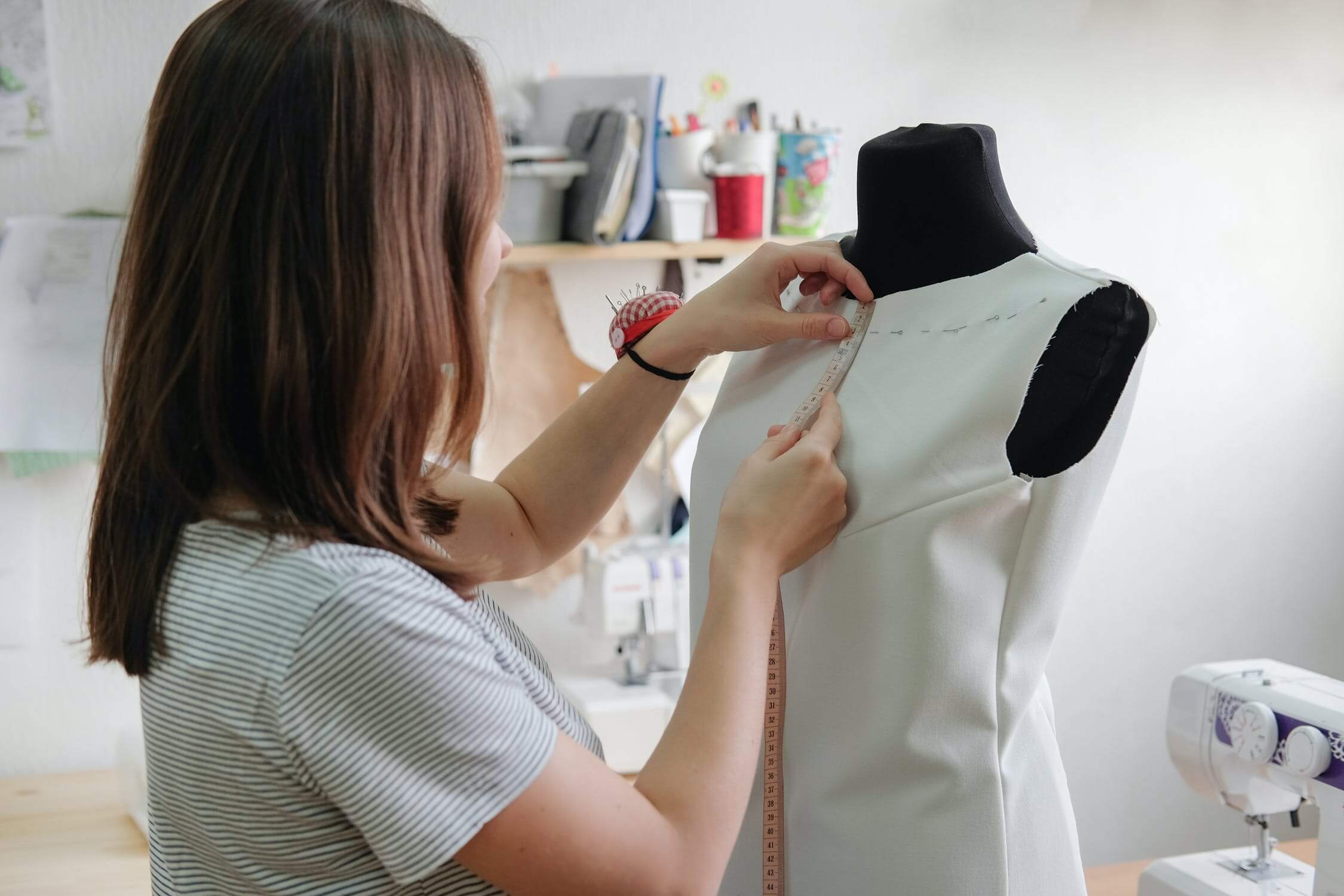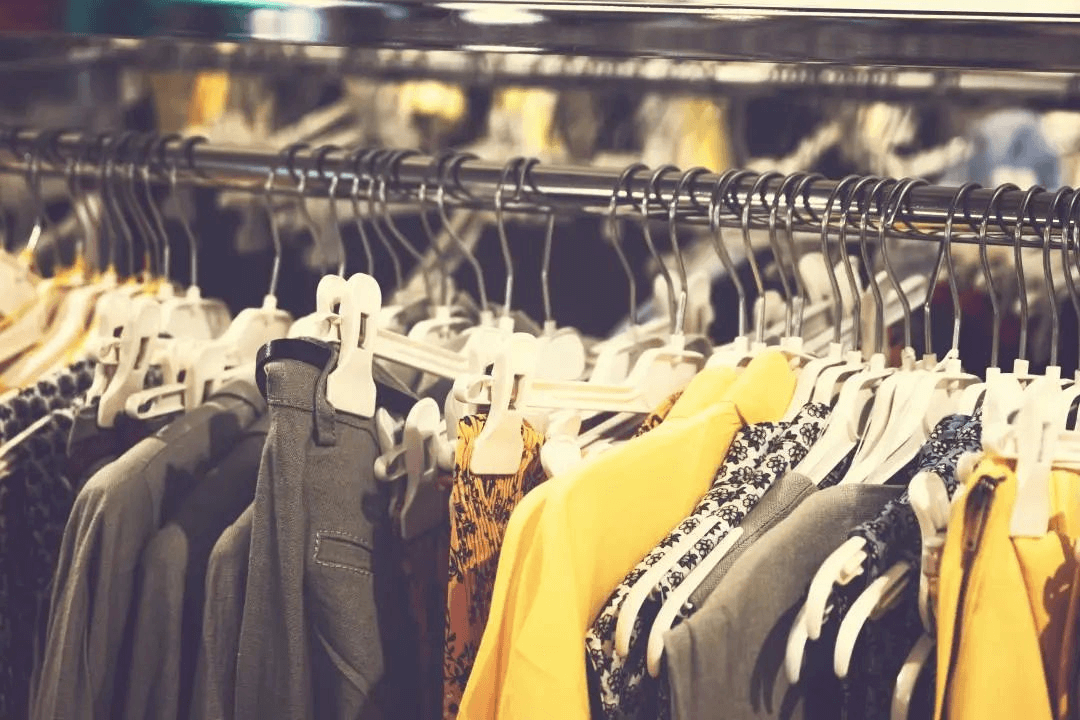Introducing a new fashion product to the market can be complex and daunting. However, by following a few simple steps, businesses can increase their chances of success.
Developing a new product is known as new product development (NPD). While the specifics may vary from business to business, NPD generally consists of seven stages: ideation, research, planning, prototyping, sourcing, pricing, and commercialization.
By carefully working through each stage, businesses can develop a successful fashion product that meets the needs of their consumers.
Ideas for fashion

Ideas for fashion products can come from many sources. However, sometimes it can be helpful to use a methodical approach to generate new ideas. The SCAMPER model can help fashion designers come up with new ideas for products.
Substitute
Could different materials be used to create this product? If so, what would those Materials be?
Combine
Blending two or more fashion products can develop something inspiring and innovative. With this concept, there are endless possibilities for new designs. So go ahead- switch up some materials, patterns, and colors to create a one-of-a-kind masterpiece!
Adapt
What if we took this current product and made it better? Businesses can develop innovative ideas by examining what their competition offers and see how they could do it differently.
Modify
Could the basic design of an existing product be changed to provide added value? By making minor modifications, such as altering colors or adding an extra pocket, businesses can create something new and exciting that stands out from the competition.
Put to another use
Can this product be used for anything else? If businesses are willing to think outside the box, they may come up with new and creative ways to utilize products.
Eliminate
By rethinking what components are necessary, businesses can distill their products down to the essentials and create something that is both simplified and stylish.
Reverse or rearrange
What if we experimented with the design of this product by flipping it upside down and rearranging components? By doing so, businesses can create something unique.
The SCAMPER model is an easy way for fashion designers to develop new product ideas. They can find solutions that will appeal to customers by thinking creatively and systematically.
Research

The fashion industry is extremely competitive, and thus to develop a successful product, you not only need a great idea but also market research to ensure that your product will be in demand. There are multiple ways you can gather this information:
- Talk to friends and family about your idea: Ask them their opinions and find out if they would be interested in buying it.
- Research the market: Look at what competitors are offering and see how your product can stand out from the crowd.
- Test your product: You can test your product with potential customers to get feedback and refine it further.
- Conduct online surveys to get feedback: Online surveys are a great way to get real-time customer feedback about your product.
- Launch a crowdfunding campaign: By starting a crowdfunding campaign, you have the opportunity to not only bring in money for your product but also see if there is a demand for it.
- Seek out advice on forums like Reddit: There are many forums dedicated to fashion and design where you can ask questions and get advice from experienced professionals.
- Use Google Trends to research industry trends: Google Trends can be a great way to see what’s popular in the fashion industry.
- Create a landing page for your upcoming product: A landing page is an efficient way to generate interest and excitement for your product before it’s available to the public.
Fashion business that take the time to research can understand their target market and what those customers are looking for. This allows companies to create products designed to meet customer needs, which increases the chances of success.
Planning

Steps for successful starts with a great idea, but it takes more than just a good idea to create a successful outcome. Before investing time and money into developing a prototype, you must do your homework and make sure you have a clear plan for how the product will come to life. Before you develop your fashion product, here are some things you should keep in mind:
Design
- What does the finished product look like?
- How will it be constructed?
- And what components will it have?
- Will you be working with a designer to create the product’s look?
Testing
How will you test the prototype and make sure it meets customer expectations? Will you be conducting research or focus groups?
Manufacturing
How will you manufacture the product? Will you be working with a factory or producing it yourself? What materials and equipment do you need?
Branding & Marketing
What is your fashion brand identity, and how will you market your product to potential customers? Will you use traditional marketing or digital strategies like social media, SEO, and PPC?
Answering the following questions before you start developing your fashion product will help you stay on track and focused. By doing your research beforehand, you can prevent expensive mistakes and put yourself in a position to be successful.
Prototyping

Regarding fashion product development, the goal of creating a production-ready sample is to reach the prototype stage of the design process. You seldom make the final product in one go; prototyping typically requires multiple iterations of testing the product and gradual refinements and improvements to an existing design until you’re satisfied with the final prototype.
To develop a successful fashion product, several factors must be considered during the prototype phase. Here are some things to keep in mind when prototyping a fashion product:
- The purpose
The purpose of a prototype is to test a concept, so it’s essential to keep the design simple. To prevent overcomplicating the prototype, focus on creating a product version that pushes the idea without wasting time or resources.
- Materials and components
The materials and components used in the prototype need to be carefully selected for their performance and durability. Consider fabric type, fasteners, trims, hardware, and metal finish tolerances.
Tolerances should be kept as close to fashion production specs as possible to ensure the prototype performs and looks like the final product. Pay attention to tolerances when selecting materials and components and when creating your design specs.
- cost
It’s also important to consider the cost of manufacture when choosing materials for a prototype. Selecting high-end materials for a prototype may make the product more expensive to produce down the clothing line.
- Small batch
Creating a small batch of prototypes can be beneficial for testing purposes. Doing this allows you to test the product quickly and make changes, if needed, before investing in a more extensive fashion production run.
- Streamline
A well-designed prototype can help to streamline the manufacturing process later on. Making sure all components are compatible and the design adheres to industry standards will save time and money when producing the product.
- Details
Paying attention to details is essential for creating a successful prototype. Make sure all the pieces fit together seamlessly, there are no sharp edges or unnecessary bulk, and the design is aesthetically pleasing. Also, consider any extra features or functions the product may have.
- Documentation
Proper documentation is vital for keeping track of changes and improvements made during the prototyping phase. Sketching by hand, using computer-aided design (CAD) software, or taking photos and videos of the prototype can help you to document the process and keep an accurate record.
- Changes
Iterating on a design is often necessary to create a successful fashion product; don’t be afraid to make changes along the way!. When the prototype is finalized, it’s essential to review the design thoroughly and make sure it meets your expectations before moving forward with fashion production.
Supply chain

It is crucial to start gathering materials and securing manufacturers before you can create a successful fashion product. This process, known as “developing a supply chain,” involves building relationships with the numerous suppliers, performers, and resources required to take a product from idea to customer purchase.
There are a few key things to keep in mind when creating a supply chain for your fashion product:
- First, you must identify the raw materials used to create your product.
- Second, you must find reliable manufacturing, packaging, and shipping partners.
- Third, you need to create a pricing strategy that will cover fashion production costs and allow you to profit.
Considering these factors, you can develop a supply chain to help your product do well on store shelves.
Cost accounting
If you’re looking to develop a successful fashion product, it can help to better understand the costs of building the product by doing some necessary research, planning, prototyping, and purchasing.
Cost accounting is a fashion business analysis technique where you can summarize the costs of goods sold (COGS) to estimate a retail price and gross margin using the information you already have.
Here are some specific ways cost accounting can help your fashion business:
- COGS includes all direct costs of creating your product, including materials, labor, shipping, and packaging.
- Understanding your COGS can more accurately price your product and target the desired profit margin.
- Cost accounting can also help you identify areas where you may save money, such as negotiating with suppliers or finding cheaper shipping options.
- Finally, cost accounting is essential for managing inventory and cash flow. Knowing how much it costs to produce each unit of your product, you can ensure you’re not overspending on the list or tied up in too much-unsold stock.
Fashion businesses succeed when they invest time in cost accounting. This allows them to develop a successful product.
Marketing
You’re ready to enter the market now that you have a successful product. Your product’s marketing is the final stage of this process! At this point, the product development team will hand over the reins of the product release to the marketing department.
Marketing your product effectively is essential to its success. You’ll need to consider the target audience, clothing brand, and pricing strategy. You’ll also need to create marketing materials like a website, advertising, and sales collateral.
Success in the fashion industry requires more than just creating fashionable products. You also need to make sure that your product sells!
Wrapping up
Developing a successful fashion product is an exciting yet daunting undertaking. Following the seven steps outlined in this article, you can create a product that meets your target audience’s needs and stands out in the competitive fashion market.
Lezhou garment, with over 10 years of experience in garment production and design, has the tools you need to bring your fashion dreams to life. We can guide you through every step of the product development process – from sourcing materials and managing costs to marketing your product effectively. Contact us today to learn more about how we can help bring your fashion vision to life!
